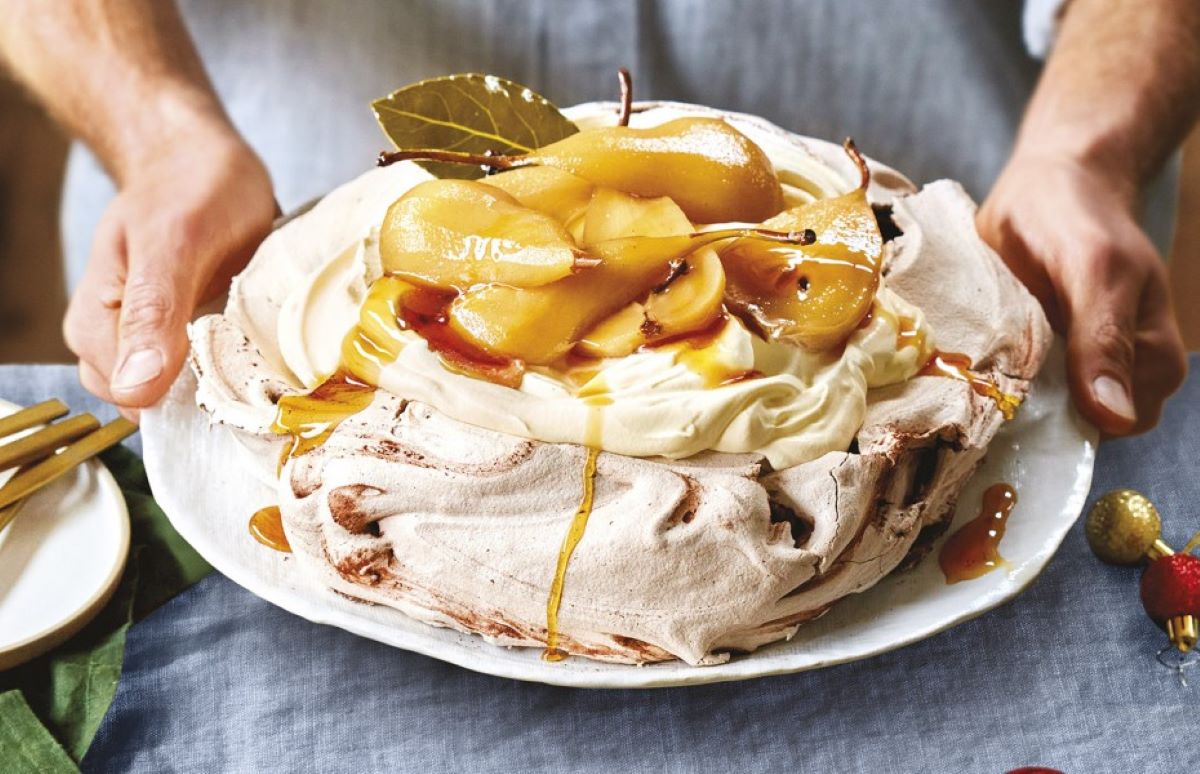

Articles
How To Store A Pavlova
Modified: August 16, 2024
Learn how to store a pavlova with our helpful articles. Find tips and tricks to keep your pavlova fresh and delicious.
(Many of the links in this article redirect to a specific reviewed product. Your purchase of these products through affiliate links helps to generate commission for Storables.com, at no extra cost. Learn more)
Introduction
Welcome to this comprehensive guide on how to store a pavlova! If you’ve ever made this delicate and delicious dessert, you know that it requires precise techniques to maintain its light and airy texture. Whether you have leftovers from a dinner party or you want to prepare ahead of time for a special occasion, proper storage is key to ensuring that your pavlova remains fresh and tasty.
In this article, we will explore the best practices for storing a pavlova, including choosing the right container, preparing it for storage, wrapping it properly, and extending its shelf life. We will also cover tips on how to thaw a frozen pavlova successfully. By following these guidelines, you can enjoy the delectable flavors and delicate crispness of your pavlova for an extended period of time.
So, if you’re ready to learn the art of pavlova storage, let’s dive in!
Key Takeaways:
- Master the art of pavlova storage to preserve its delicate texture and flavors for 2-3 days. Choose the right container, prepare it properly, and follow tips to extend its shelf life.
- Avoid freezing pavlova and store it in the refrigerator with proper wrapping to maintain its freshness. Thaw slowly and enjoy within 2-3 days for the best taste and texture.
Read more: How To Store Store-Bought Bread
Understanding the Pavlova
Before we delve into the intricacies of storing a pavlova, let’s take a moment to understand this delightful dessert. The pavlova is a meringue-based dessert that originated in either Australia or New Zealand, with both countries claiming it as their own. It is named after the Russian ballet dancer Anna Pavlova, who was celebrated for her light and graceful movements.
A pavlova typically consists of a crisp meringue shell, with a soft and slightly chewy interior. It is usually topped with whipped cream and an assortment of fresh fruits, such as berries, kiwi, and passion fruit. The contrast between the delicate meringue, rich cream, and vibrant fruits creates a harmonious blend of flavors and textures.
Due to its delicate nature, the pavlova is best enjoyed shortly after it is prepared. However, with proper storage techniques, you can extend its shelf life and still relish its deliciousness in the days to come.
Now that we have a basic understanding of what a pavlova is, let’s move on to the next step – choosing the right storage container.
Choosing the Right Storage Container
When it comes to storing a pavlova, selecting the right container is crucial to maintain its shape and prevent it from getting crushed or losing its crispness. Here are some tips to guide you in choosing the perfect storage container:
- Airtight and Sealable: Opt for a container that is airtight and sealable to prevent moisture from entering and affecting the texture of the pavlova. This will help to preserve its delicate structure and keep it from becoming soggy.
- Size and Shape: Consider the size and shape of the pavlova when choosing a container. It should have enough space to accommodate the pavlova without squishing it, but not so much space that the pavlova moves around and loses its shape.
- Depth: Ensure that the container is deep enough to accommodate the height of the pavlova without touching the top. This will prevent any toppings or decorations from getting squashed.
- Nonstick: If possible, choose a nonstick container to make it easier to remove the pavlova without causing it to break or stick to the sides.
- Transparent: Select a container that is transparent or has a clear lid so that you can easily see the pavlova without having to open it frequently, which can introduce moisture.
By keeping these considerations in mind, you can find the ideal storage container for your pavlova, ensuring it stays fresh and intact while preserving its delicate beauty.
Next, let’s move on to the preparations you need to undertake before storing the pavlova.
Preparing the Pavlova for Storage
Before storing your pavlova, there are a few important steps to take to ensure its longevity and maintain its texture and flavor. Follow these preparations to get your pavlova ready for storage:
- Cooling: Allow the pavlova to cool completely at room temperature before storing it. This will help it set and firm up, making it easier to handle and less prone to breakage.
- Toppings: If your pavlova is topped with fruits, cream, or any other toppings, it’s best to add them just before serving. Toppings can release moisture and cause the pavlova to become soggy. Remove any decorative elements or perishable toppings and store them separately.
- Clean Surface: Gently remove any loose crumbs or debris from the pavlova’s surface. A soft brush or clean, dry cloth can be used to gently clean the pavlova without damaging its delicate structure.
- Parchment Paper: If your pavlova was baked on parchment paper, leave it on the bottom to provide a protective layer. The parchment paper will help prevent the pavlova from sticking to the storage container.
By following these preparations, you can ensure that your pavlova is in the best possible condition for storage. Now, let’s move on to the next step – wrapping and storing the pavlova.
Wrapping and Storing the Pavlova
Once your pavlova is prepared and ready for storage, it’s time to wrap it properly to maintain its texture and prevent it from absorbing moisture. Here’s how you can wrap and store your pavlova:
- Parchment Paper: If your pavlova was baked on parchment paper, leave it on the bottom to provide a protective layer. This will prevent the pavlova from sticking to the storage container.
- Airtight Container: Place the pavlova carefully in an airtight container. Ensure that the container is deep enough to accommodate the pavlova without touching the top.
- Cushioning: To prevent the pavlova from moving around and losing its shape during storage, you can place a layer of non-stick baking paper or parchment paper on top of the pavlova before sealing the container. This will provide cushioning and protect its delicate structure.
- Sealing: Close the container tightly, ensuring it is fully sealed to prevent any air or moisture from entering.
- Storage Temperature: Store the pavlova in the refrigerator to keep it fresh. The cool temperature will help maintain its texture and prevent spoilage.
- Avoiding Moisture: It’s important to note that pavlova is sensitive to moisture, so avoid placing it in the freezer or refrigerator where it may come into contact with foods that have high moisture content. This can lead to the pavlova becoming soggy.
By following these steps, your pavlova will be properly wrapped and stored, ensuring its freshness and integrity. Now, let’s explore some tips for prolonging the shelf life of your pavlova.
Store a pavlova in an airtight container at room temperature for up to 2 days. To keep it crisp, add a layer of whipped cream and fruit just before serving.
Read more: How To Store Basil From Grocery Store
Tips for Prolonging the Shelf Life
While pavlova is best enjoyed fresh, there are a few tips and tricks you can follow to prolong its shelf life and keep it at its best for as long as possible. Consider these tips to extend the longevity of your stored pavlova:
- Refrigeration: Keep your pavlova refrigerated at all times to maintain its freshness and prevent spoilage. The cool temperature of the refrigerator helps to preserve the delicate meringue and keep the whipped cream from melting.
- Airtight Storage: Ensure that the container you’re using to store your pavlova is airtight and properly sealed. This will help to prevent moisture from entering and keep the pavlova crisp and light.
- Avoid Condensation: To prevent condensation from forming on the surface of the pavlova, avoid placing it in areas with high humidity or extreme temperature changes. Keep it away from direct sunlight or heat sources as well.
- Separate Toppings: As mentioned earlier, it’s best to add the toppings to your pavlova just before serving. By keeping the fruit, cream, or other toppings separate, you can avoid them releasing moisture and causing the pavlova to become soggy.
- Consume Within 2-3 Days: While pavlova can be stored for a few days, it’s recommended to consume it within 2-3 days of preparation for the best quality and flavor.
- No Freezing: Pavlova is not suitable for freezing as the delicate meringue can become soft and lose its structure upon thawing.
By following these tips, you can enjoy your pavlova for an extended period of time while maintaining its taste, texture, and overall appeal. Now, let’s move on to how to properly thaw a frozen pavlova, in case you find yourself with a frozen one.
The Right Way to Thaw Frozen Pavlova
If you have a frozen pavlova that you’d like to enjoy, it’s important to thaw it properly to preserve its delicate texture and flavors. Here’s the right way to thaw a frozen pavlova:
- Transfer to the Refrigerator: Take the frozen pavlova out of the freezer and place it in the refrigerator. Allow it to thaw slowly and gradually in the refrigerator overnight or for several hours. Thawing at a controlled temperature will help maintain the integrity of the meringue.
- Keep it Covered: While thawing, keep the pavlova covered to prevent it from getting exposed to air and potentially drying out.
- Do Not Rush: Avoid the temptation to speed up the thawing process by using a microwave or hot water. These methods can cause the pavlova to become soggy or collapse.
- Assess Before Serving: Once the pavlova has thawed completely, assess its texture and appearance. If it still looks and feels fresh, you can proceed with serving as desired. However, if the pavlova appears mushy or has lost its shape, it may be best to discard it.
- Add Fresh Toppings: To enhance the presentation and flavors of the thawed pavlova, add fresh toppings just before serving. This will help restore some of the vibrant colors and textures that might have been lost during the freezing and thawing process.
- Enjoy Immediately: Once the pavlova is thawed and topped, enjoy it immediately to savor its fresh taste and delicate texture.
Remember, freezing can affect the quality of pavlova, so it’s always best to enjoy it fresh. Freezing should be done as a last resort or if you have excess pavlova that needs to be preserved.
Now that we’ve covered the proper way to thaw a frozen pavlova, let’s address some frequently asked questions (FAQs) that you may have about storing this delightful dessert.
Frequently Asked Questions (FAQs)
1. Can I store a pavlova at room temperature?
It is not recommended to store a pavlova at room temperature for an extended period of time. The delicate meringue can absorb moisture from the air, causing it to become sticky and lose its crispness.
2. How long can I store a pavlova in the refrigerator?
A pavlova can be stored in the refrigerator for up to 2-3 days. However, it is best to consume it within this timeframe to ensure the best quality and taste.
3. Can I freeze a pavlova?
It is not recommended to freeze a pavlova. The delicate meringue can become soft and lose its structure when thawed, resulting in a less desirable texture.
4. Can I make pavlova in advance?
Yes, you can prepare the pavlova in advance by baking it and storing it in an airtight container in the refrigerator. However, it is best to add the toppings just before serving to maintain the freshness and texture.
5. Can I store a pavlova with whipped cream?
Storing the pavlova with whipped cream is not recommended as the cream can cause the pavlova to become soggy. It is best to add the whipped cream just before serving.
6. How can I tell if my pavlova has gone bad?
If your pavlova has an off smell, a mushy texture, or if it has become sticky, it is likely that it has gone bad and should be discarded.
Remember, it’s always best to enjoy pavlova fresh for the ultimate taste and texture. However, by following the proper storage techniques, you can extend its shelf life and enjoy it for a few days after preparation.
Now, let’s wrap up this article on storing a pavlova.
Conclusion
Storing a pavlova requires careful consideration to maintain its delicate texture and flavors. By following the guidelines outlined in this article, you can ensure that your pavlova remains fresh and delicious for an extended period of time.
From choosing the right storage container to properly preparing the pavlova for storage, every step is crucial in preserving its integrity. Wrapping the pavlova and storing it in an airtight container, refrigerating it, and avoiding moisture are essential for maintaining its crispness and lightness. Additionally, following the correct thawing process for frozen pavlova is important to retain its delicate texture and flavors.
Remember, while pavlova is best enjoyed fresh, with the right storage techniques, you can extend its shelf life and enjoy its delightful flavors for 2-3 days. Make sure to add any toppings just before serving to maintain their quality and prevent the pavlova from becoming soggy.
By taking these steps to properly store and preserve your pavlova, you can continue to indulge in its delectable taste and delicate texture at your own convenience. Whether you’re preparing for a special occasion or simply enjoying leftovers, mastering the art of pavlova storage ensures that this exquisite dessert always delights your taste buds.
So, go ahead and store your pavlova with confidence, knowing that you have the knowledge to preserve its freshness and enjoy it whenever you desire. Happy pavlova storage and savoring!
Frequently Asked Questions about How To Store A Pavlova
Was this page helpful?
At Storables.com, we guarantee accurate and reliable information. Our content, validated by Expert Board Contributors, is crafted following stringent Editorial Policies. We're committed to providing you with well-researched, expert-backed insights for all your informational needs.

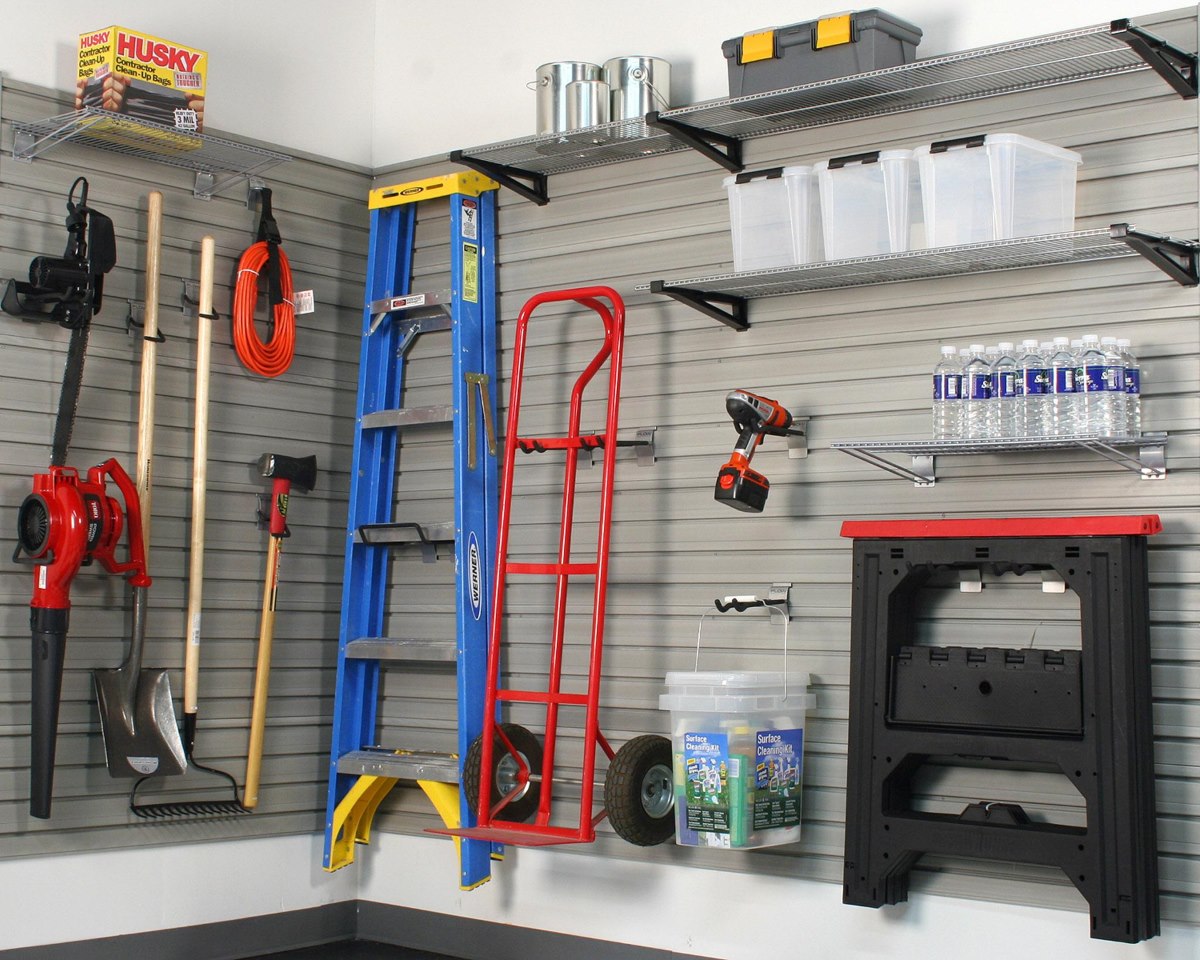

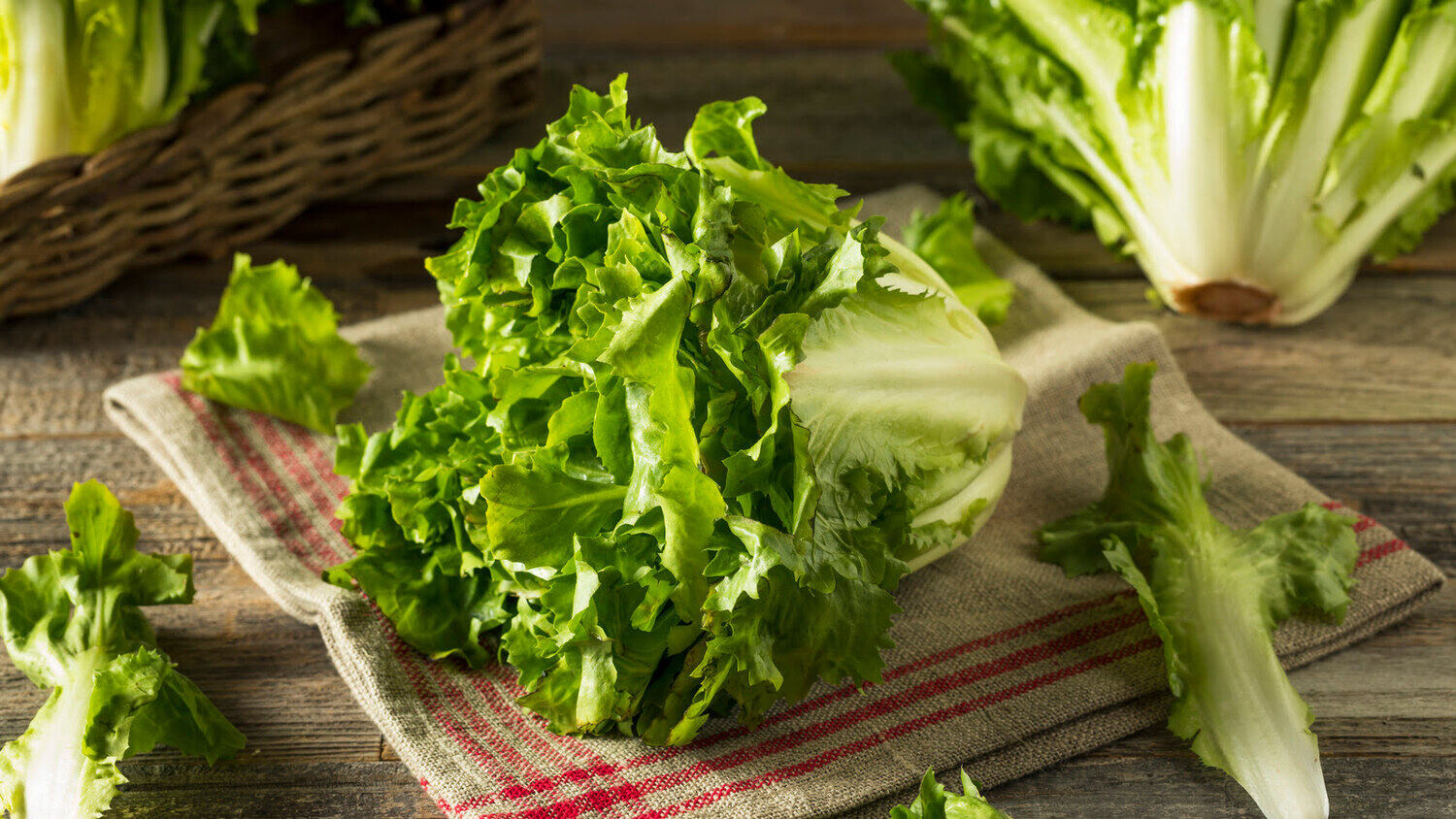
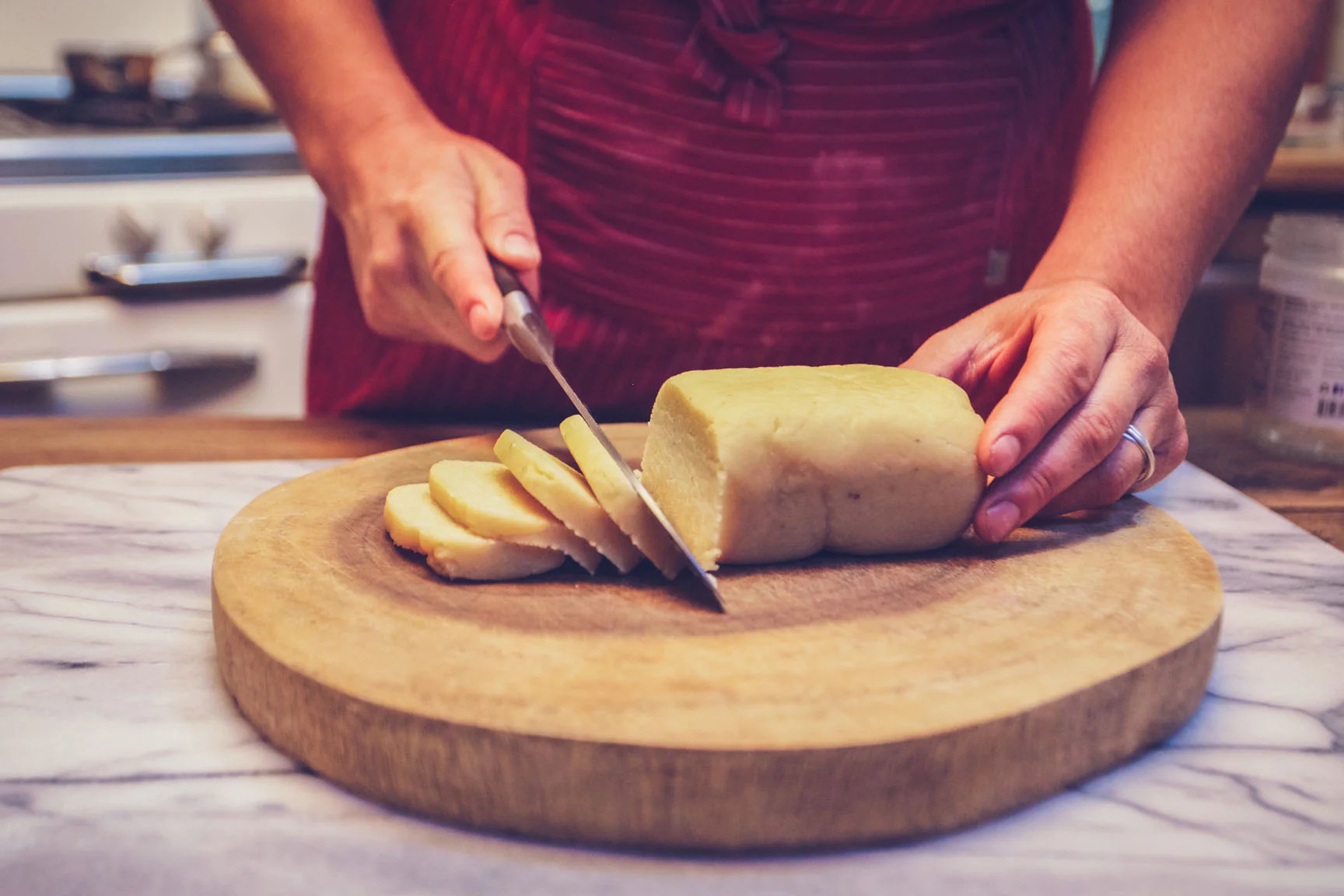



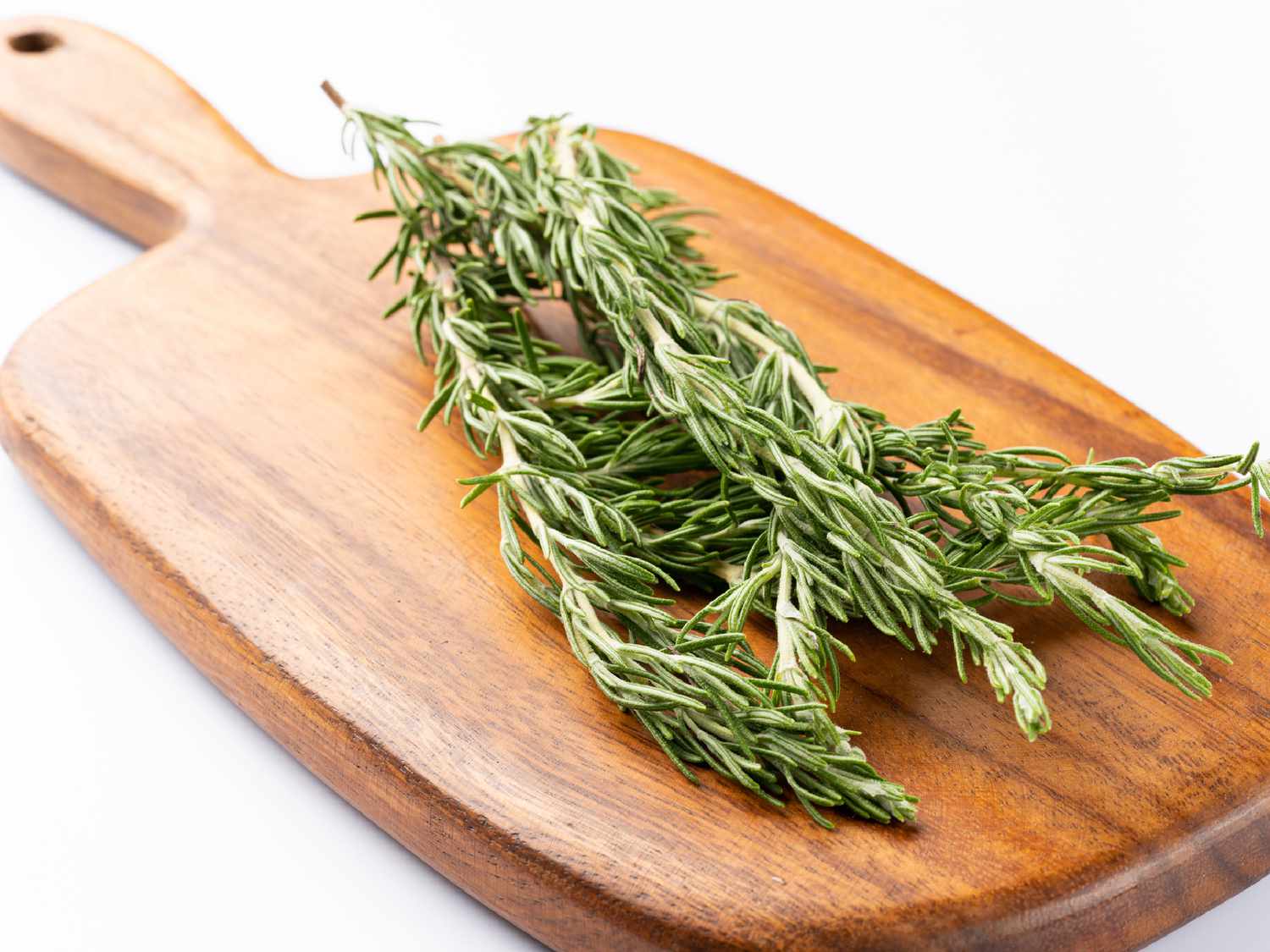
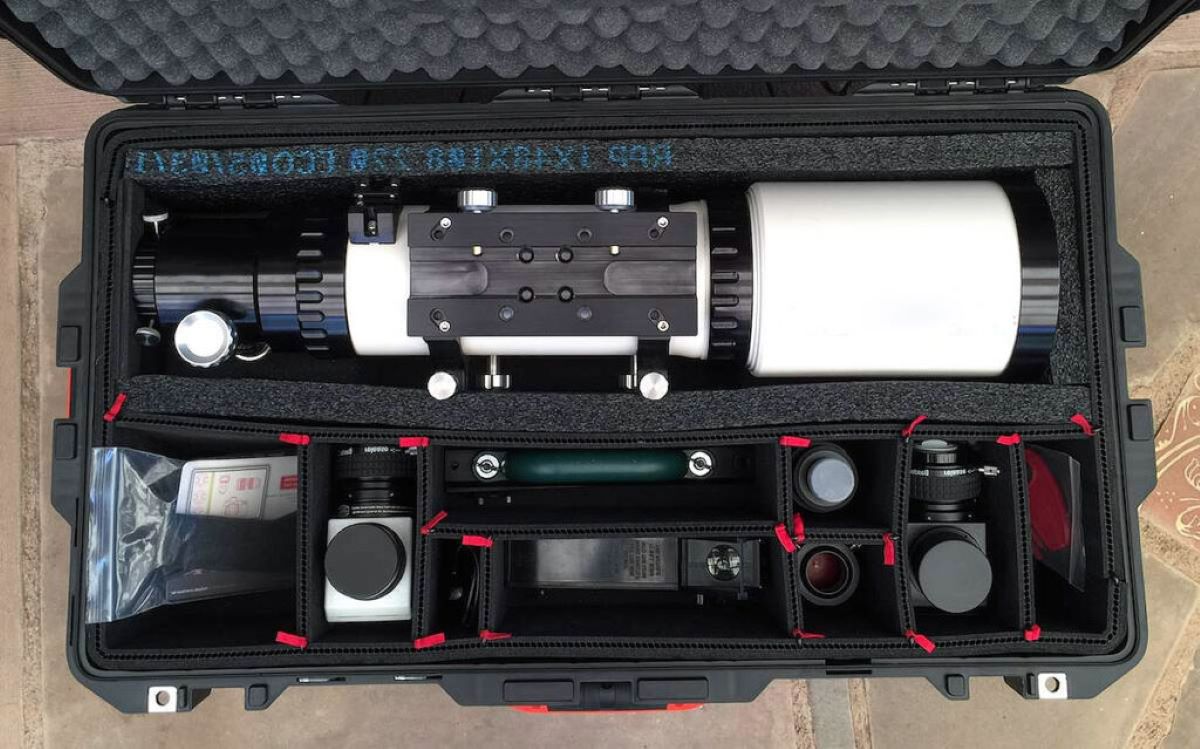
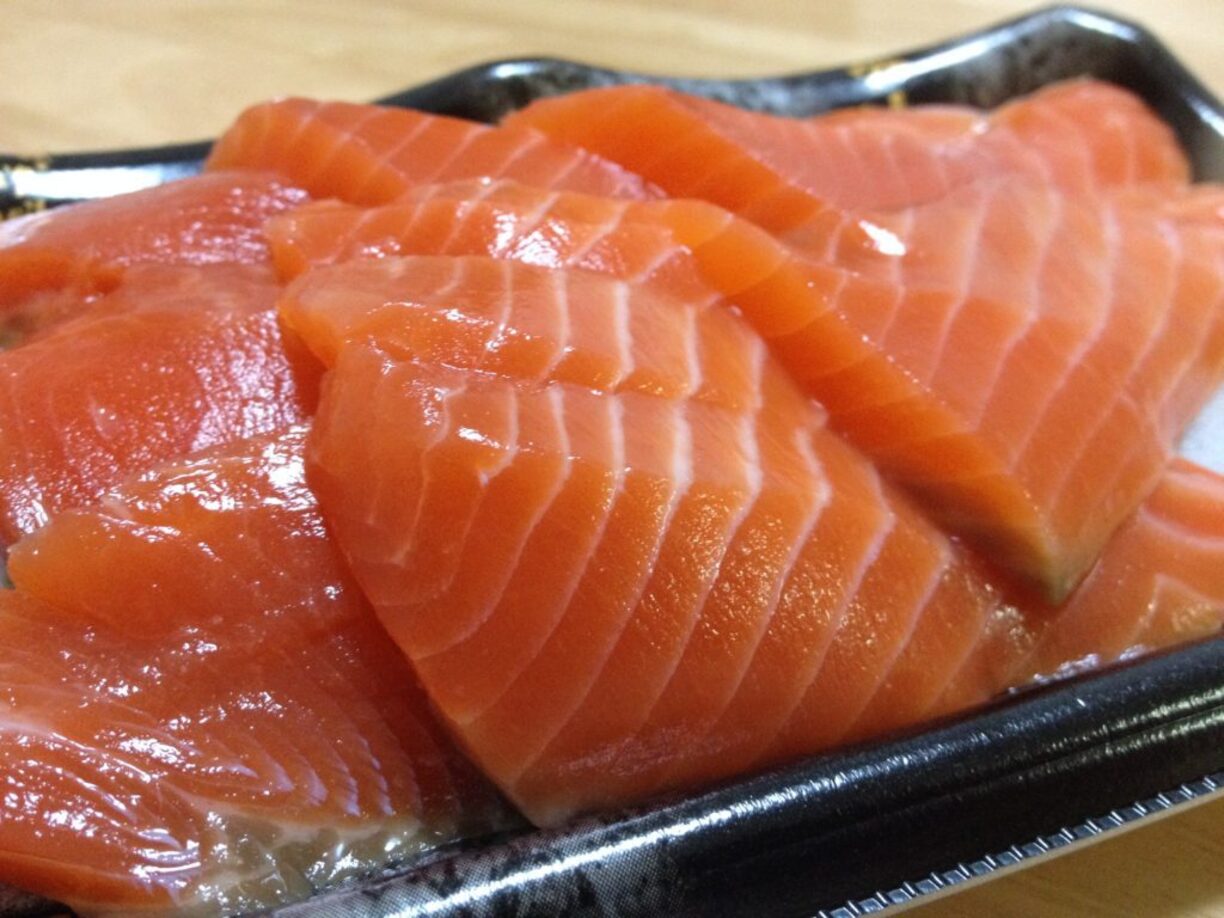
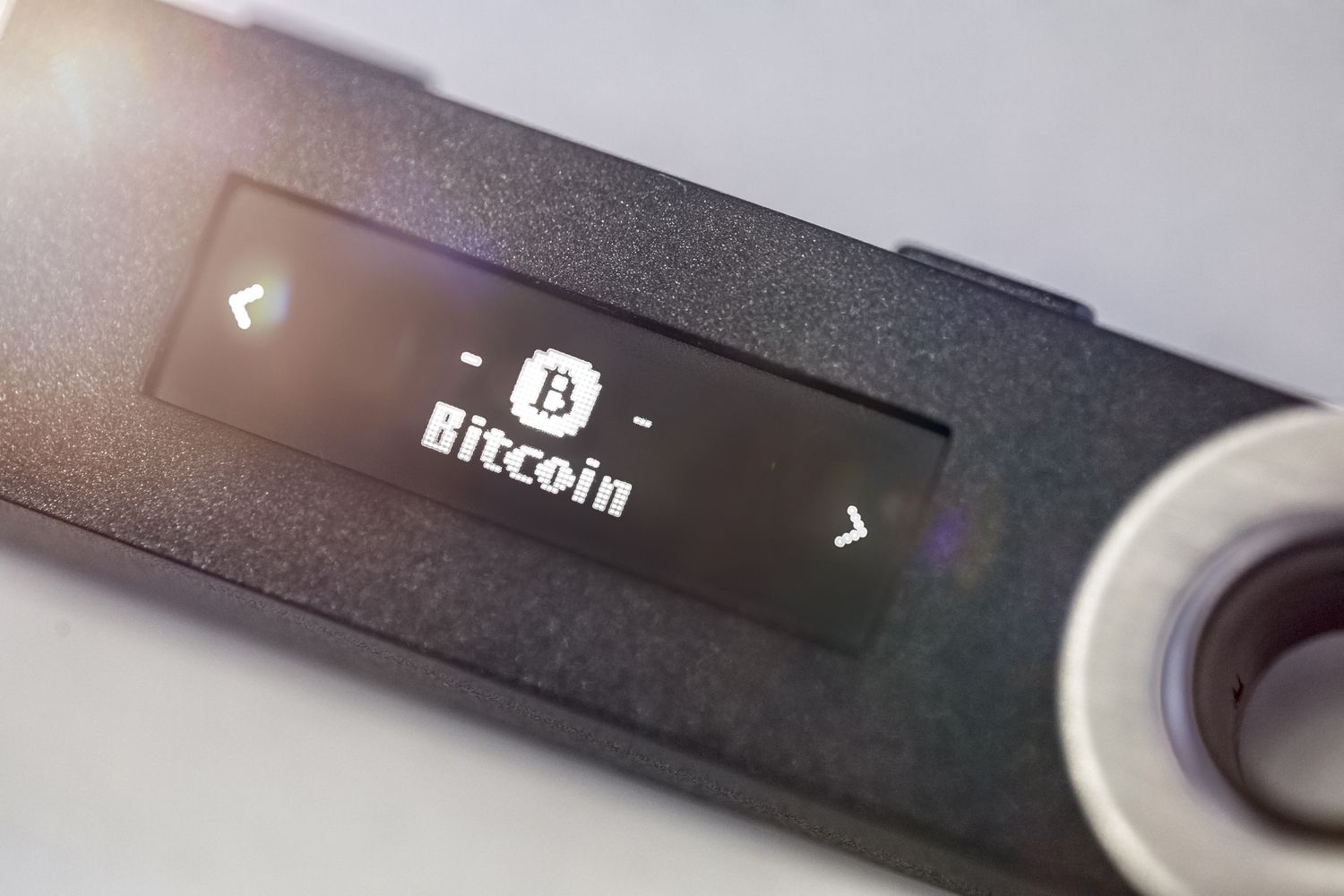
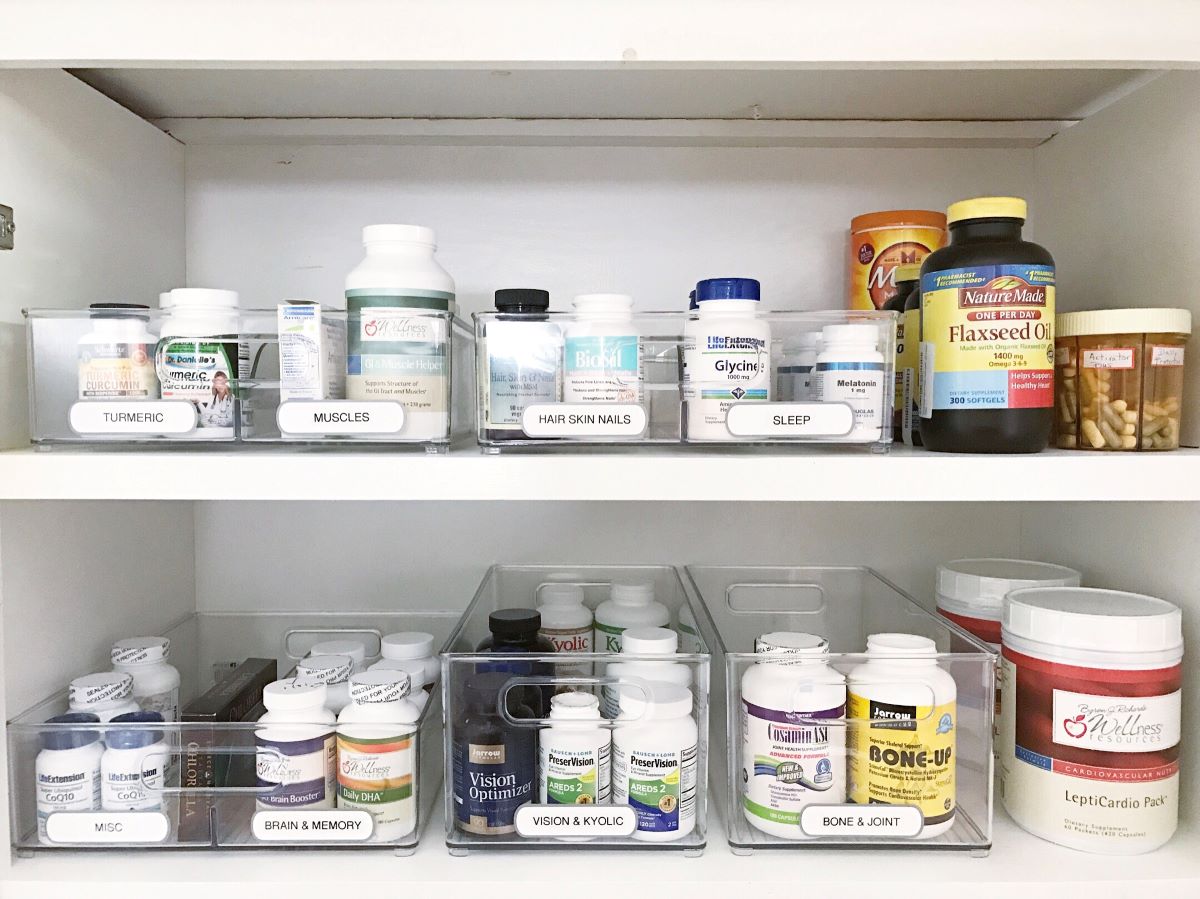


0 thoughts on “How To Store A Pavlova”